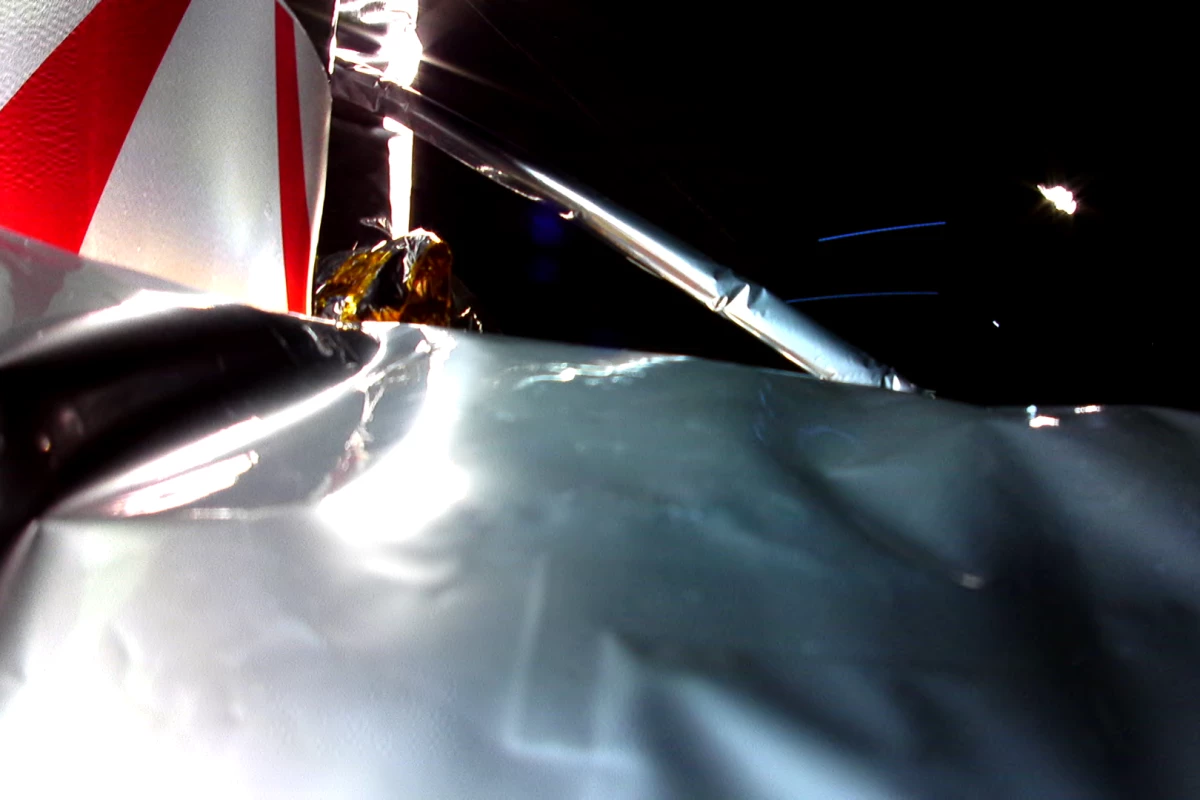America's privately owned and operated Peregrine lunar landing mission may be in peril due to a malfunction. An anomaly in the lander's propulsion system discovered shortly after this morning's launch may require the planned February landing to be scrubbed.
When Astrobotic's Peregrine Mission 1 (PM1) lifted off at 2:18 am on January 8, 2024 from Cape Canaveral Space Force Station in Florida atop a Vulcan/Centaur rocket, it seemed as if the United States would be returning to the Moon's surface after a gap of 52 years. According to Astrobotic, the robotic lander separated from the Centaur second stage without incident and the avionic system powered up and performed according to specifications and telemetry was received at Mission Control via NASA's Deep Space Network.
It was at this point that things began to go quickly pear shaped. Instead of the spacecraft correctly pointing its solar panel at the Sun, it started to drift off the target and communications were lost expectedly and temporarily. Later, engineers were able to orient the craft to the Sun.
In the latest updates, the problem was located in the propulsion system, which is suffering from a critical loss of current. This was confirmed by an image from the onboard Multi-Layer Insulation (MLI), which seemed to be displaced by the propellant outflow.
The good news is that Peregrine's battery is fully charged and the payload experiments are operating normally. However, the loss of propellant may mean cancellation of the February lunar landing. Depending on the level of loss, this could mean putting the spacecraft on an alternative orbital trajectory instead of attempting a landing, or the complete abort of the mission because of the inability to control the course or attitude of the lander.
Source: Astrobotic





